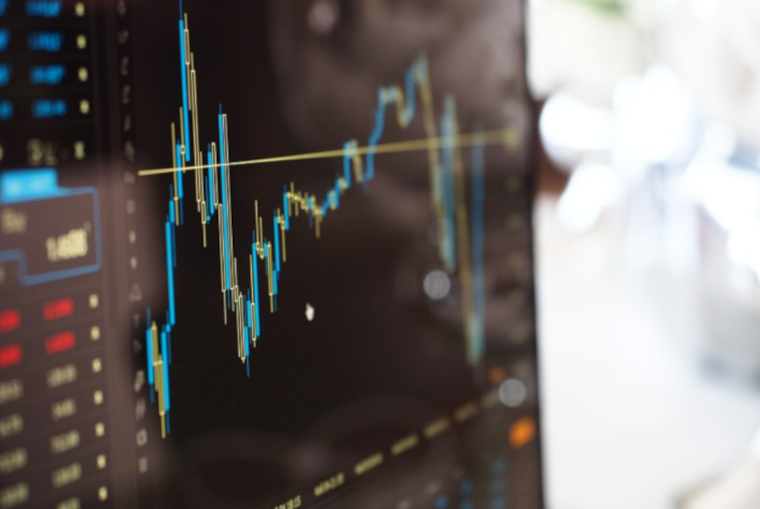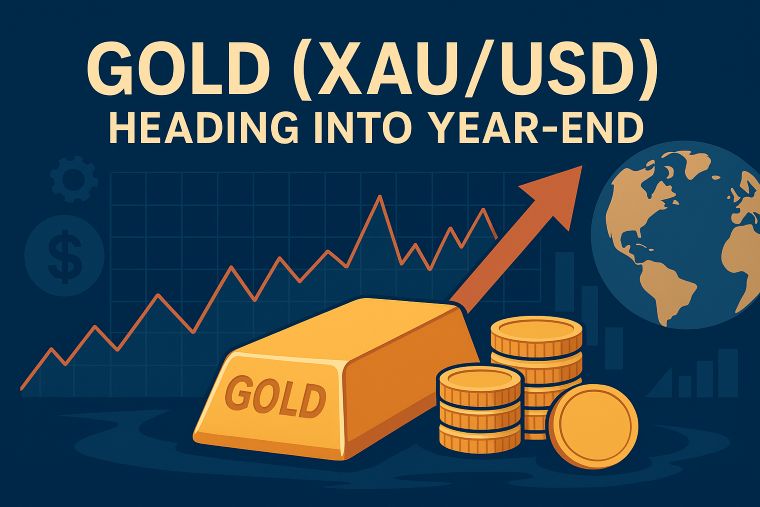3 min to read
Stock market in a wait-and-see mode
The stock market is in a wait-and-see mode.

“Stock market in a wait-and-see mode, limited movement in both USD and stock prices”
The stock market is in a wait-and-see mode. Yesterday’s US stock market closed in a tense session amidst heavy uncertainty and is down again today.
The US dollar is also declining with a new low, and while the PMI index is favorable, the market is not optimistic about the possibility of a recession.
The reason for this market’s anxiety may be due to the possibility that First Republic Bank recorded a larger-than-expected loss of deposits.
While major banks that became lenders in the banking crisis may have avoided the damage from the aftershocks, the full extent of the damage suffered by small local banks has become clearer through earnings reports.
The reason is that the market has recognized that the credit situation will continue to tighten over the next few months due to the spillover effects, not because other banks are in danger of collapse.
The deadlock in the US Congress over the debt ceiling is also causing concern
In this week’s lackluster market, existing concerns, such as inflation with adhesive properties, the impact on monetary policy outlook, and the strength of China’s economic recovery, have resurfaced, separate from banking troubles.
The fact that the White House and the Republican-controlled House are expected to be at odds over raising the borrowing limit may also be a cause for concern.
This week, Republican House Speaker McCarthy proposed a bill to raise the debt ceiling by $1.5 trillion and cut federal spending by $4.5 trillion.
It is expected that the Democratic Party, which holds a majority in the Senate, will reject this bill. Due to lower-than-expected tax revenues, the government may run out of cash in June, increasing concerns of default.
The US dollar is rising, the euro is falling, and the yen is staying flat.
FF interest rate futures responded to market anxiety by factoring in some interest rate cuts until December.
However, a 0.25% interest rate hike is almost certain at the FRB meeting next week.
With the weight of uncertain factors, the bond market pushed down yields in search of safety.
The 10-year bond yield hit a 10-day low of 3.4430%, and the 2-year bond yield also fell.
The US dollar appears to have found support through strong US GDP and PCE inflation data.
Attention is also on the US Consumer Confidence Index for April, which will be announced today.
Meanwhile, the euro remains in the $1.10 range after yesterday’s sharp rise.
However, there is a high possibility that different opinions on policy direction will be announced by members before the ECB meeting next week.
ECB’s Schnabel and other hawkish executive directors will likely maintain their stance, while Bank of France Governor Villeroy de Galhau appears to be anticipating the end of the tightening cycle.
The Japanese yen has remained flat, trading around 134 dollars since last Friday.
At today’s inaugural press conference, BOJ Governor Ueda emphasized the necessity of ultra-easy monetary policy but also mentioned the possibility of considering interest rate hikes if wage growth and inflation accelerate beyond expectations.
Unlike his predecessor, Governor Ueda appears to have no hesitation in discussing the tightening of monetary policy, which has served as a driving force to recover the losses of the weakened yen against the euro and pound.
The stock market is cautious ahead of major tech companies’ earnings reports. In the US stock market, E-mini futures started trading in the red, following trends in Europe and Asia.
S&P500 and Dow Jones finished trading slightly higher yesterday, but Nasdaq came under pressure from some tech stocks ahead of major earnings reports this week, falling 0.3%.
Microsoft, Alphabet, Visa, and General Electric are among the companies scheduled to report earnings later today.
While the majority of companies that have reported earnings thus far have exceeded revenue expectations, many stocks, especially in the tech sector, have already risen significantly this year. As a result, investors will be paying close attention to this fiscal year’s guidance, whether it will be positive or negative.
Visit XM Official Website.

